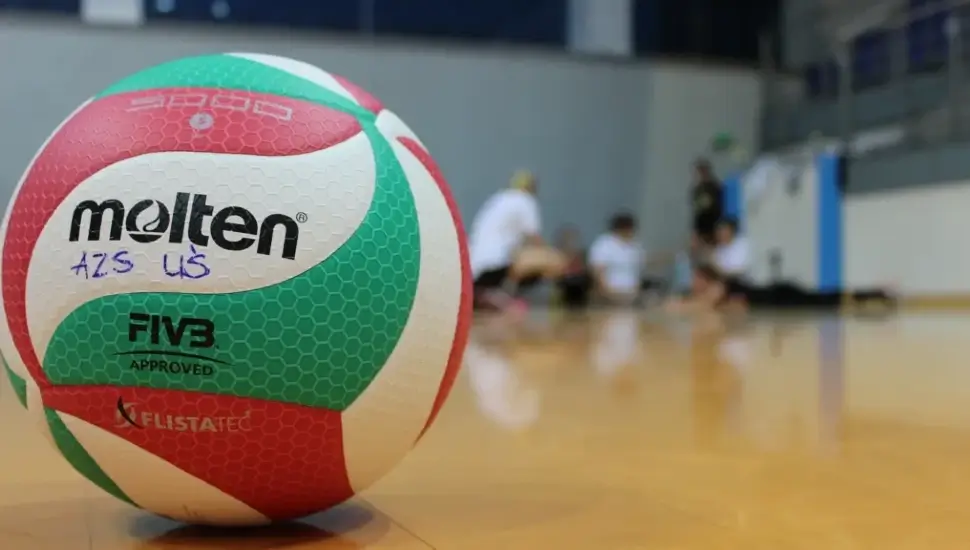Last Updated: February 13, 2024
Like any other sport, volleyball has evolved a lot lately. Take a look at a recent game, then watch a game from 20 years ago or even more, you’ll see plenty of differences. And one of these differences is that one player in a different jersey.
Every sport has evolved, but volleyball has introduced a new position. The libero is one of the new positions in volleyball and comes with a set of new rules and restrictions. Not only is it an evolution itself, but it’s also gone through a series of changes overtime.
The idea? Every coach is trying to find the best possible way to make use of this position.

Back in the Day
The libero position didn’t make too much sense back then. The libero was a more advanced defensive specialist, with more freedom. It was just a glorified position, no one knew what to do with it.
The libero did pretty much what the defensive specialist did. There were restrictions in serving as well. Plus, the libero was always one of the best defenders in a team, simple as that. Then, they did what they were good at, but in a different way.
The libero was often sent where the ball was more likely to fall, given the blocking strategy of a team. Some other teams put the libero in the central part, to receive. No one used the libero to take the second ball, yet this move became more and more common later on.
Most coaches were confused and used the same strategies. These days, things have changed a little. Indeed, there’s still a common pattern you’ll see in most teams. But every now and then, innovative coaches come up with something new, taking advantage of the freedom associated with the libero.
Today’s Libero Responsibilities
These days, the libero is often associated with the second ball, mainly when the setter needs to dig. There are quite a few reasons wherefore this approach has become so popular.
Many teams will focus on the setter, so the setter will end up playing in a more defensive manner. At the same time, you can observe a more conservative approach regarding the digging target. Coaches seem to go back to basics.
The libero is often given the position of a second setter, but with a more daring approach. They can use their hands in a more effective manner, not to mention bumping sets. The libero is now in the middle of the court and can go in any direction.
With these thoughts in mind, it actually makes sense to give the libero a second setter role. Since the libero is supposed to be fast and agile, these attributes put them in advantage as well.
It’s pretty obvious that the libero has evolved. It’s not only about digging or passing anymore, but it’s also about preparing a good hit. To help with this new approach, coaches often picked their best setters to play in the libero position.
The libero is seen as a leader, which is what a good setter is meant to do, too, so the idea worked fairly well. The libero may not be as clear as a setter, but communication and a good attitude can certainly help during a game.
Recommended Read: Libero Training Essentials: 10 Drills to Hone Defensive Skills
Final Thoughts
Over the past few years, the libero has become a more specialized solution. Believe it or not, there’s still room for innovation, so chances are this position will keep evolving with new ideas and strategies. It’s unlikely for the leading position to shift, but responsibilities will definitely see some improvements.
